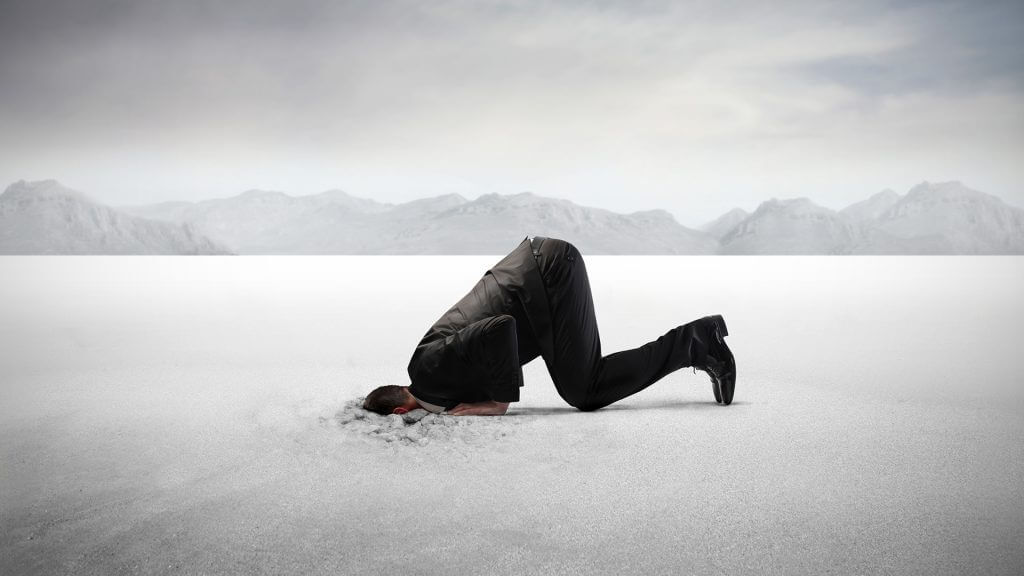March 2020 the hospitality industry reset button was pushed leaving us with empty hotels and loads of uncertainty about the future.
NB: This is an article from Get Into MoRe, one of our Expert Partners
Over a year later, we finally see the light at the end of the tunnel and wow it is bright! Vaccination campaigns are fired up and countries are reopening. It’s time to look at a future where hotels will be able to operate in high demand again.
When “all of this” is behind us, should hoteliers just go back to doing the exact same thing they did before?
Subscribe to our weekly newsletter and stay up to date
Nokia versus Apple thinking
In interesting concept to consider when evaluating the statement above is “the cost of inaction” or put differently: What’s the result of not doing anything?
There are interesting parallels to draw, looking at other industries. From 1997 until 2011 Nokia was the world’s leading mobile phone provider (that’s 14 years!). In 2009 Apple entered the top 10. In 2013 Nokia dropped off the list and never returned.
What happened here?
Steve Jobs had a strong vision for Apple: “Building tools that amplify the human ability”. Do you see how this vision statement does not contain the word “phone” nor “computer”? On the contrary, it talks about the effect Apple will have on humanity. This highly human-centric approach has led to the creation of extremely popular and innovative products like the Iphone and Itunes that have reshaped the world.
Nokia on the other hand produced decent phones.
The iPhone was incomparable to anything on the market at the time it first launched. I can still remember when I first saw one in 2008. Not too long after the iPhone launched Nokia also brought to market a touchscreen-phone, without success. It was never about the touchscreen. It’s was about the world that was accessible through the touchscreen and the iPhone owner’s experience of being part of this club of constant innovation.
Nokia was in a very comfortable position for 14 years straight, being world leaders in mobile communication. From 2011 onwards on the other hand, it got extremely uncomfortable. In this case the cost of inaction was the company becoming completely irrelevant.

Now what does this mean for the hospitality industry?
Pre-covid many hotels were operating comfortably. Demand was high, occupancy was high and the hotel’s offering in many cases fairly simple. In Meetings & Events, for instance, 3 questions are asked:
- Do you need a full day or half a day?
- Would you like to have a sandwich or 2-course lunch?
- In which shape would you like the tables: u-shape, boardroom, classroom, theater…
This feels like a Nokia approach. As a trend we see that consumers, of any kind, expect high levels of customization, personalization and want to experience something rather than being offered a one-size-fits-all. Let’s start by asking our meeting planners: What they are trying to achieve with the meeting they organize? What are their objectives? To engage employees? inspire customers? To present new products to prospects. To foster industry collaboration with partners? Answering these questions opens an ocean of possibilities in order to make the meeting a great experience and success. Each one of these objectives will need a slightly different approach and design. It is time to apply design thinking to organizing meeting and events. By doing that I expect you’ll discover there is more that differentiates groups than a simple lunch preference.
The pandemic has left the industry with an almost blank canvas and highly customer-centric initiatives where established, evaluated and continued or ended showing that we are more than capable as an industry to be innovative, customer-centric and – sorry for the buzzword – agile when needed. This is the Apple way of doing things. Let’s continue in this fashion and reach new highs when demand returns.
The hospitality landscape is evolving, and hotels are not only competing with each other for business, but also with accommodation providers like Airbnb and office and meeting space providers like WeWork. These new players combine that agile approach with hospitality which enables them to act and respond fast.
After more than a year of patience exciting times are coming in the hospitality industry with an expected boom of pend up demand. When that happens will you be the Apple in a sea full of Nokia’s?




